Optimal Seasons for Wrought Iron Repairs
Wrought iron repairs are most effective when performed during specific seasons that favor proper restoration and longevity. The optimal time depends on climate conditions, material condition, and project scope. Generally, mild weather periods allow for better adhesion of repair materials and reduce the risk of moisture-related issues.
Spring offers moderate temperatures and lower humidity, making it ideal for wrought iron restoration projects. It allows thorough drying and curing of paints and sealants.
Summer provides longer daylight hours and warmer weather, which can accelerate drying times. However, excessive heat and humidity may require adjustments in application techniques.
Autumn's cooler temperatures and reduced rainfall create suitable conditions for repairs, especially before winter sets in.
Winter's cold and moisture levels can hinder repair processes, increase the risk of rust formation, and extend curing times. Repairs are best postponed until conditions improve.

Ways to make Wrought Iron Repairs work in tight or awkward layouts.
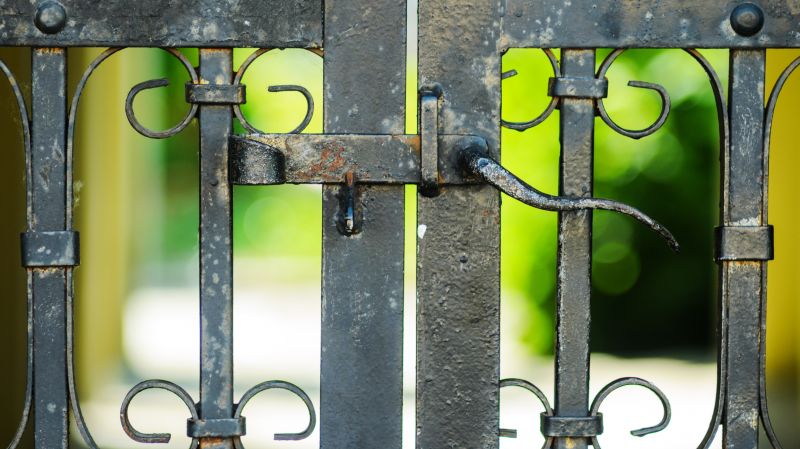
Popular materials for Wrought Iron Repairs and why they hold up over time.

Simple add-ons that improve Wrought Iron Repairs without blowing the budget.

High-end options that actually feel worth it for Wrought Iron Repairs.

Finishes and colors that play nicely with Wrought Iron Repairs.

Little measurements that prevent headaches on Wrought Iron Repairs day.
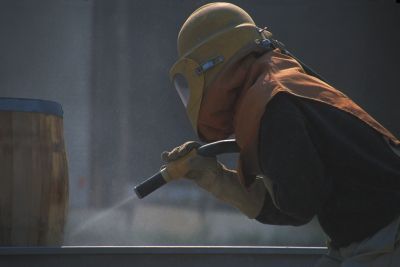
A 60-second routine that keeps Wrought Iron Repairs looking new.
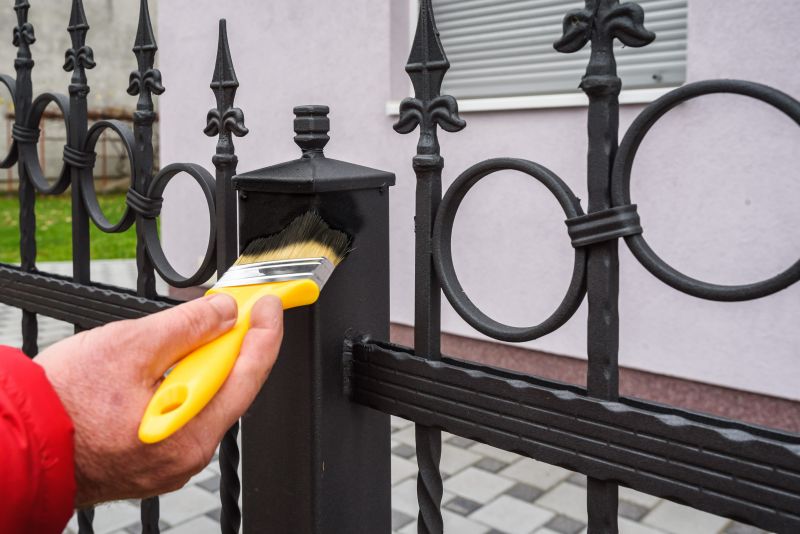
A frequent mistake in Wrought Iron Repairs and how to dodge it.
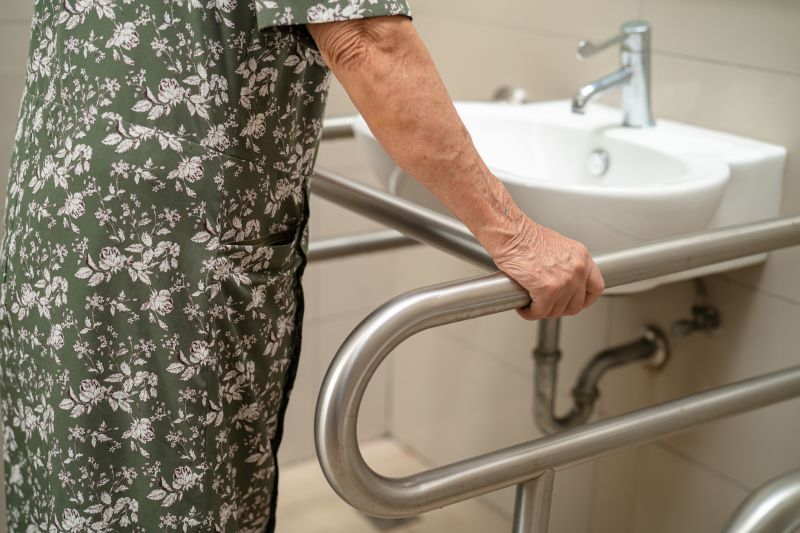
Small tweaks to make Wrought Iron Repairs safer and easier to use.
| Season | Optimal Conditions |
|---|---|
| Spring | Moderate temperatures, low humidity, ideal for painting and sealing. |
| Summer | Warm and long days, but watch for excessive heat and humidity. |
| Autumn | Cooler temperatures, less rain, suitable for repairs before winter. |
| Winter | Cold and damp, generally unsuitable for repairs, best to postpone. |
Wrought iron repairs involve removing rust, repairing structural damage, and applying protective coatings to prevent future corrosion. Proper timing ensures these processes are effective and durable. Regular maintenance and timely repairs can extend the lifespan of wrought iron fixtures significantly, with some structures lasting decades when properly cared for.

Lower-waste or water-saving choices for Wrought Iron Repairs.
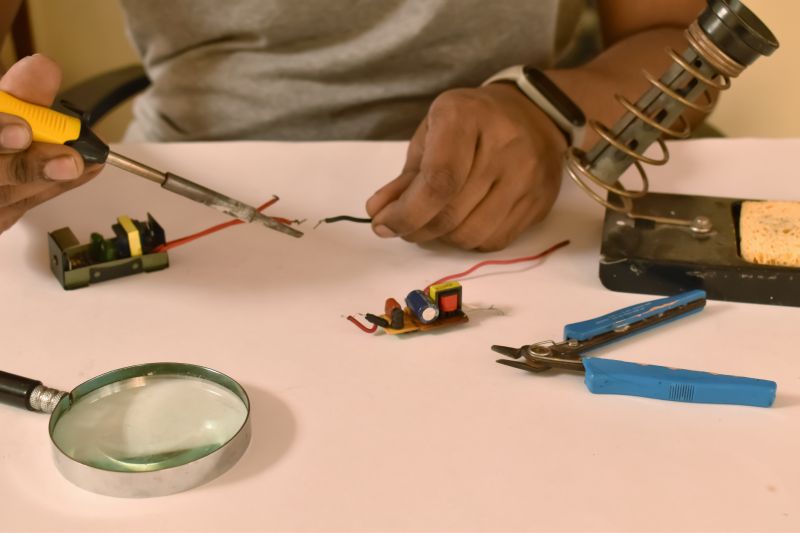
The short, realistic tool list for quality Wrought Iron Repairs.
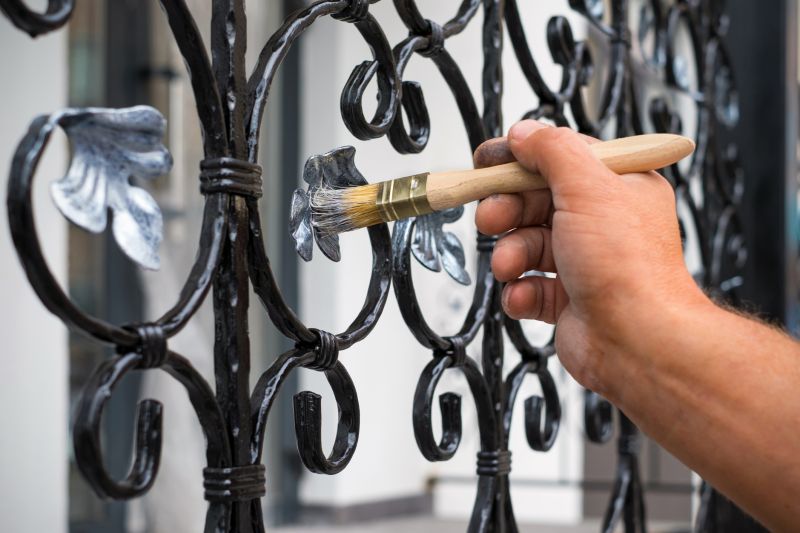
Rough timing from prep to clean-up for Wrought Iron Repairs.

Quick checks and paperwork to keep after Wrought Iron Repairs.
Interested parties are encouraged to contact for more information or to schedule a consultation. Proper timing and professional execution are key to maintaining the integrity and appearance of wrought iron fixtures over time.
